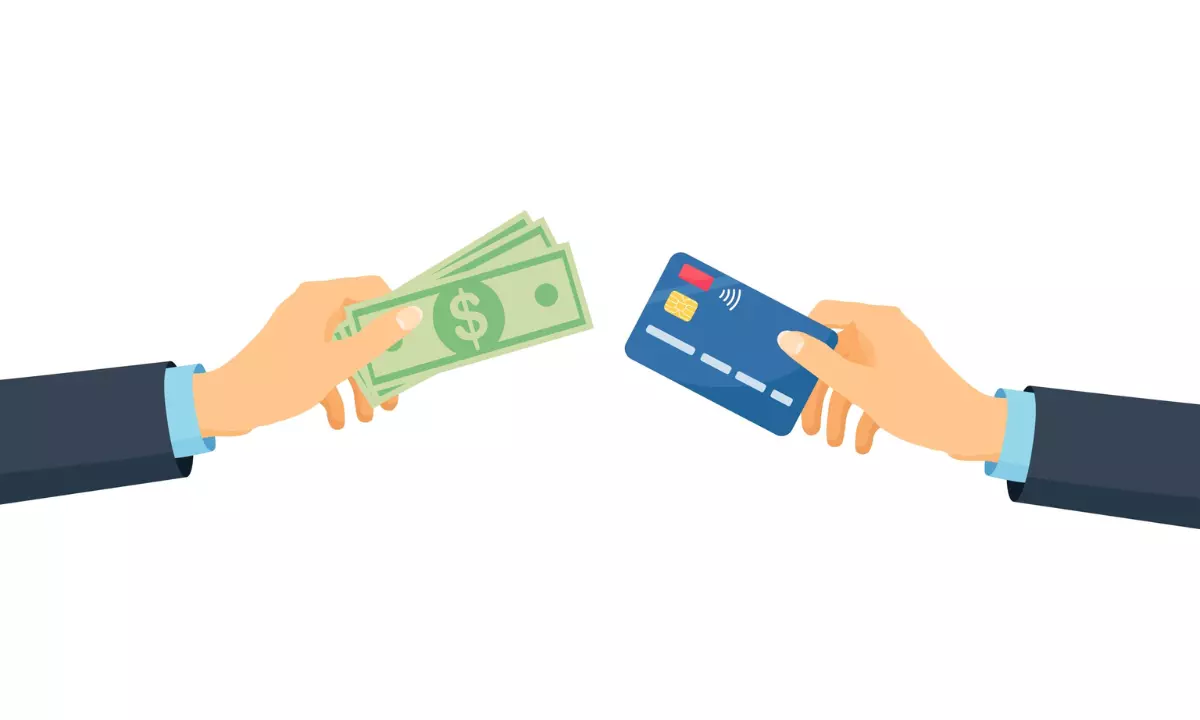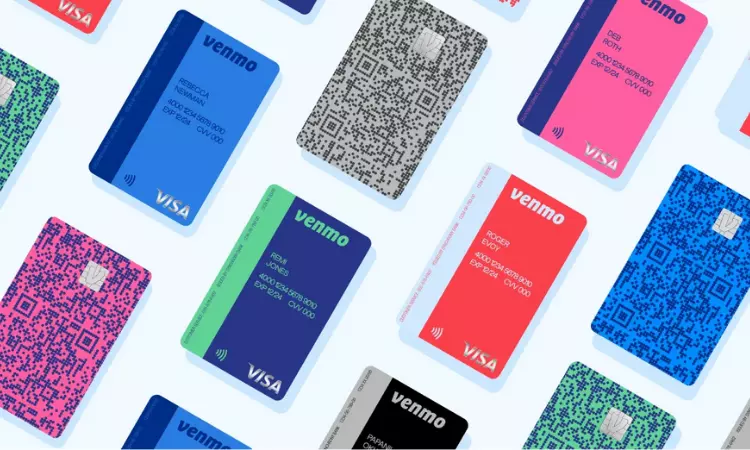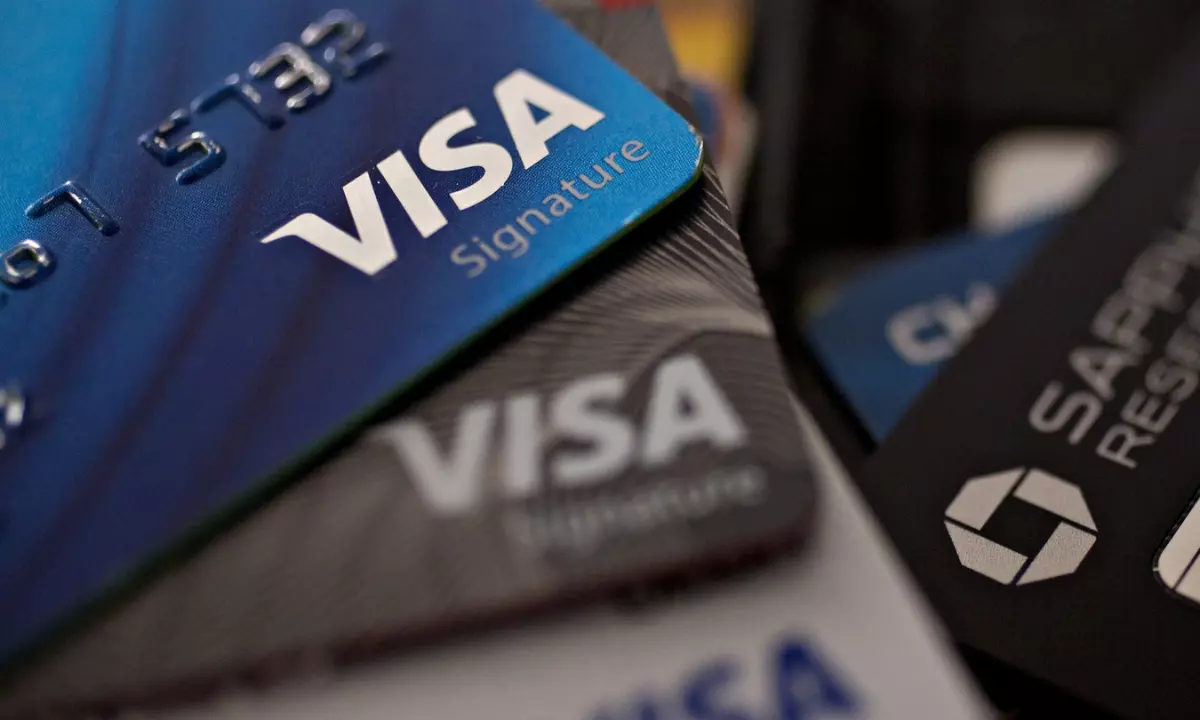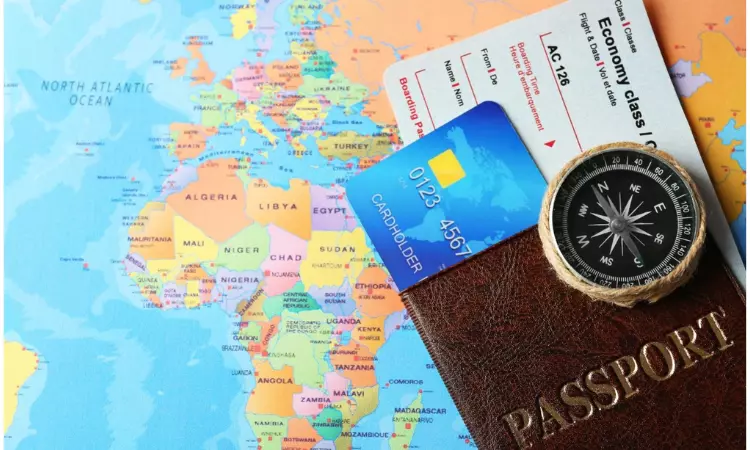
Running out of money can be hard. When your bank account is nearly empty, you may need quick access to cash. It is possible to transfer funds to a bank account by cash advance or balance transfer check using a credit card, but we do not recommend this.
Cash advances are risky due to high interest rates and expensive one-time charges. If not managed properly, balance transfers can lead to more debt. Before rushing to apply for a cash advance or balance transfer check with your card issuer, consider other methods, such as: B. Using savings or small personal loans.
How do cash advances and balance transfer checks work?
Cash Advances allow cardholders to receive cash from their revolving credit accounts. Typically, cash advances are processed with a credit card, just like a debit card at an ATM. Cash advances usually use a designated PIN, such as a debit card. The amount withdrawn must not exceed the currently available balance on the credit card. The cash advance limit is usually much lower than the total credit limit of the card, so be aware of what your cash advance limit is if you decide to go this route.
Balance transfers are sometimes used to transfer high-interest credit card balances to new credit cards that pay little or no interest. Promotional 0% APR introductory periods are common on new credit cards and allow cardholders a short respite from the interest accrued on the balance. But cardholders can also request a balance transfer check from the card issuer and cash it for quick cashing. Some banks, such as Chase and Citi, allow cardholders to transfer funds online to qualified checking accounts.
Cash advances and balance transfer checks can be expensive. Card issuers typically charge a fee for each cash advance or funds transfer. The fee can be a fraction of the transaction or the dollar amount, usually 3% to 5% of the transfer amount.
The interest you pay on this cash advance varies by issuer. The APR for a cash advance is generally higher than the APR for a standard purchase or balance transfer. Unlike grace period purchases, interest usually begins on the same day as the cash advance.
Cash advances and balance transfers are generally not eligible for credit card rewards, such as cash back or travel credits. They can come in handy during financial emergencies, but consider other options first, as they could be trapped in rapidly accumulating debt.
How to transfer money from credit card to bank account
Use cash advances
Some card issuers allow cardholders to transfer cash from cash advances directly to checking accounts. Where permitted, the cardholder can usually initiate or request this transaction through the card’s online account.
Cardholders can deposit money into their bank account through a cash advance in a number of ways:
- Use an ATM. Cardholders can use their credit card to withdraw money from ATMs. If you’re not sure what your PIN is, look up the number on the back of the card. The cardholder can then deposit cash into an account at a local bank branch or an ATM that accepts deposits.
- Visit a bank branch. If you have a bank-issued credit card, go to your local bank branch to withdraw money. Ask the teller to deposit money into your checking or savings account.
- Order a check. Some card issuers will send a check asking for the amount to be withdrawn. Check holders can either deposit the check into a bank account or use it as a personal check to pay in person.
- Use a balance transfer check
First, contact your card issuer online or at the number on the back of your calling card to see if the company offers balance transfer checks. Each cardholder may have to meet transfer limits or eligibility criteria before being allowed to transfer funds.
Balance transfer checks can be used to pay for items in stores or cashed at local bank branches for deposits or withdrawals. If your card issuer is a bank, ask the representative if they can transfer the balance directly into a checking account. This will help avoid extra steps like waiting for the check to be delivered and cashed at your local branch or mail it back to your bank.
Is it a good idea to use a cash advance or balance transfer?
Cash advances should only be used in emergency situations after all other reasonable options have been exhausted. Cardholders should first consider applying for an income advance, adding to a savings account, getting a small personal loan at a reasonable interest rate, or even borrowing money from a friend or family member.
Cash advances may seem like a quick and easy way to get cash quickly, but these transactions tend to have a negative impact in the long run. The interest rate on cash advances is sometimes higher than the APR on credit card purchases. Interest begins to accrue on the date the advance cash is paid. If the cardholder doesn’t pay off the cash advance as quickly as possible, this can quickly lead to a lot of credit card debt. Cash advance fees also come with significant additional costs.
Bottom line
Cash advances and balance transfer checks are two ways to transfer money from a credit card to a bank account, but should only be used as a last resort. Of the two, a balance transfer check, especially if it comes with a 0% APR promotional rate, is a better option. Cardholders experiencing financial difficulties should first consider other options, such as obtaining a small personal loan or borrowing money from a friend or family member, for example. Cash advances and balance transfer fees and interest rates make them an expensive option that can leave cardholders with huge debts.



